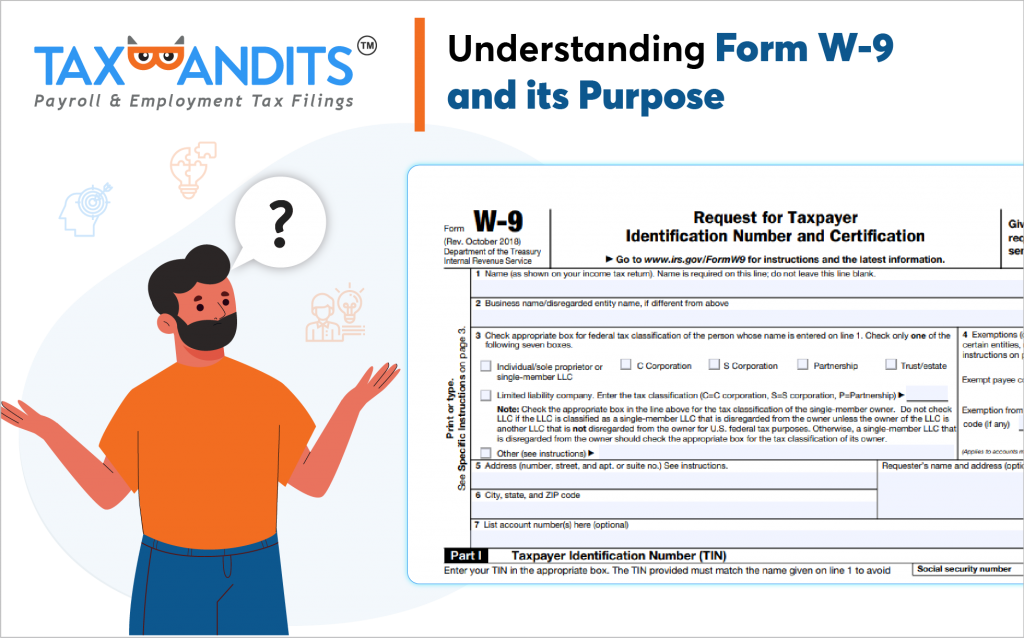Understanding Form W-9 and its Purpose

As a business owner, it is a natural progression for you to bring in independent contractors and freelancers, or work with vendors outside of your business. While this is great in terms of growing your business and expanding operations, you may not realize how this may affect your IRS filing requirements.
Now that you are working with businesses or individuals that are not employees on your payroll, there are different requirements for how you should handle them. For example, if you hire an independent contractor and pay them $600 or more, you are required to file a Form 1099-NEC at the end of the year.
The easiest way to ensure you have the individual or businesses’ important information on hand when it comes time to file year-end forms with the IRS, is by requesting that they complete Form W-9.
What is the Form W-9?
The Form W-9 was created by the IRS to capture important information from payees (independent contractors, vendors, etc) that their payers (the individual or business that hired them) will need to have on record.
When Should you Request Form W-9?
Essentially, if you hire a new employee, you request that they complete Form W-4 during the onboarding process. Following this logic, when you establish a new business relationship with another business or independent contractor, you should request that they complete the W-9.
What Information is required on Form W-9?
One of the most important bits of information that payees are required to enter on W-9 Form is their Taxpayer Identification Number (TIN). If they are an individual, this will be their Social Security Number (SSN), and if they are a business entity, this will be the Employer Identification Number (EIN). Without the TIN, you won’t be able to successfully file a Form 1099 with the IRS.
The IRS Form W-9 also requires the individual’s legal name and address, without these it will be difficult to file 1099s successfully, and it will be impossible to distribute a recipient copy by mail.
Additionally, your payee can indicate if they are subject to backup withholding or exempt from it.
What is Backup Withholding?
As we just mentioned, your payee can indicate any exemptions to backup withholding on the Form W-9, let’s talk about why this is important. If your payee fails to provide their correct TIN, you are required to begin backup withholding. This means you must withhold 24% of payments to be deposited with the IRS.
What is FATCA Reporting?
When it comes to the Form W-9, some foreign financial institutions are required to report information regarding their US account holders, specifically the assets they hold. Exemptions from FATCA can be found on Line 4 of the W-9. For more information on the different codes that are entered on Line 4, check out the IRS instructions, here.
Are there any Penalties Related to the Form W-9?
Yes, if the payee fails to furnish their TIN to the payer when requested, they can become subject to a $50 penalty. If they furnish an incorrect TIN, they could become subject to a heftier civil penalty of $500.
Does TaxBandits Support the Form W-9?
Yes! TaxBandits supports this form and we created a simplified process that saves you time! With TaxBandits you can take paper forms, fax machines, and mail out of the equation. Instead, you can request the form online through TaxBandits!
Simply request a Form W-9 Online from your payee using their email address. TaxBandits will send them an email inviting them to complete and e-sign the form. After they follow the link and complete/submit their Form W-9, you will be notified by TaxBandits. Now, you and your payee can access the Form W-9 anywhere, at any time!
Ready to get started? Register to your free TaxBandits account to begin requesting Form W-9!





